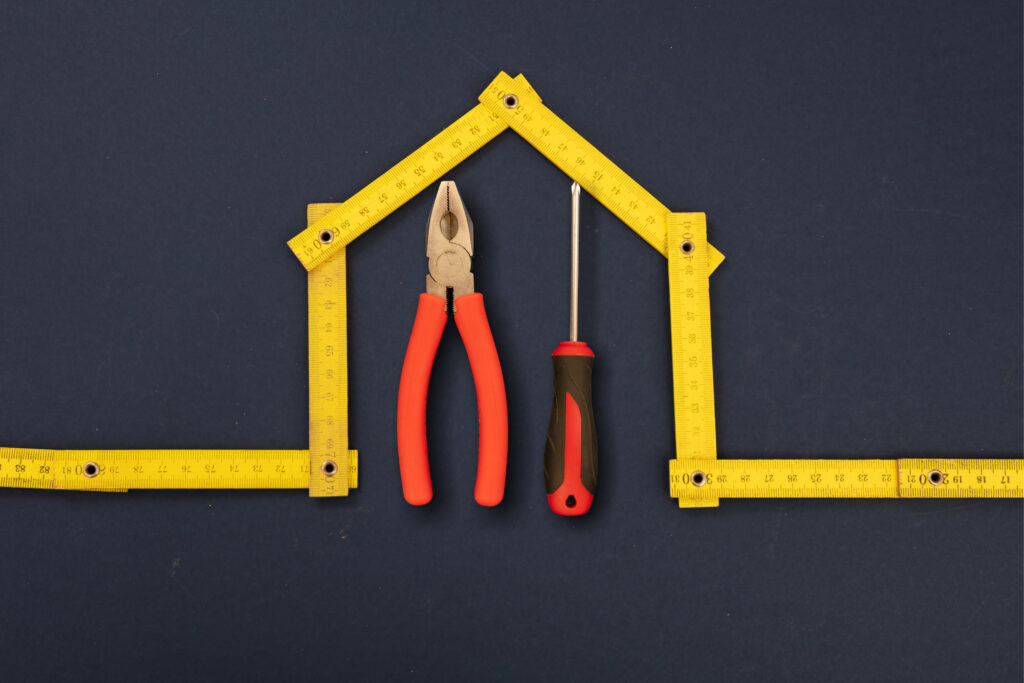Floods can cause significant damage to your home, leaving you with the need for extensive repairs. Understanding what’s involved can help you navigate this challenging process more effectively. Here, we will walk through the crucial steps of repairing a flood-damaged home. Below, you’ll find guidance on how to assess and repair the damage, and ways you can prevent future flood damage.
Understanding the Impact of Flood Damage on Homes
Water can wreak havoc on a home’s structure and interior. With its ability to seep into the smallest spaces, it can damage electrical systems, ruin insulation, and cause wood to swell, warp, or rot. The essential first step is always understanding the extent of the damage incurred.
The health implications are another critical area of concern. Rapid mold growth is common after flooding, potentially causing lasting problems long after the water has been removed. It’s essential to address these issues promptly to ensure the house remains safe and habitable.
Prompt action can mitigate some of the most damaging effects of a flood. Waiting too long before addressing the damage may lead to more severe issues, like heavy structural damage and loss of personal property.
Additionally, your home’s systems such as air conditioning repair Milton FL could be impacted, particularly if the damage is severe. This can result in the need for a complete overhaul of the system or costly repairs.
Prioritizing Safety: Initial Steps After a Flood

Your first concern after a flood should always be safety. This involves making sure your family is safe and has a place to stay if your home is severely damaged.
Next, you’ll want to contact your insurance company promptly to report the flood damage. This is critical to initiating the claim process. Remember to take photos and document everything for insurance purposes.
Before entering a flood-damaged home, ensure it’s structurally sound. Enlist the help of professionals if necessary. In addition, always wear appropriate protective equipment, like waterproof boots and gloves, when dealing with flood damage.
Lastly, turning off utilities can prevent further damage. For instance, shut off the electrical supply to minimize the risk of electrical accidents.
Professional Help or DIY: Assessing the Damage
Whether you hire professional help or choose to DIY your repair largely depends on the severity of the damage. For minor repairs, homeowners may be able to clean up and repair the damage themselves.
However, major flooding can lead to extensive damage that requires professionals. Enlisting companies like Water Damage Restoration Rockwall TX can ensure your home is thoroughly dried out, sterilized, and repaired.
Professionals can help you assess structural issues, clean up hazardous waste, deal with utility damage, and more. They ensure that every corner of your house that’s been damaged is properly addressed.
It’s imperative to weigh your options carefully when deciding on a professional service or DIY. Both have their advantages and potential downfalls.
Key Considerations in Repairing Flood-Damaged Homes

When repairing a flood-damaged home, consider things like the nature of the damage, the cost of repairs, and the time required. Some tasks like replacing damaged drywall, insulation, and flooring may seem straightforward but can be time-consuming when done personally.
Also, consider the likelihood of hidden damage. Water often seeps into hidden crevices, causing damage not immediately visible.
Furthermore, addressing health hazards such as mold is vital. It’s essential to have a professional inspect for mold, especially when there’s been significant water damage.
Finally, repairing utilities that have been affected, such as the electrical system and climate control, is crucial to making your home livable again.
Maintenance: Preventing Future Flood Damage
Once your home has been repaired, it’s essential to take steps to prevent future floods. This may involve regular checks on your home’s plumbing system, installing flood barriers, or elevating appliances like your heating system or air conditioner.
Incorporating flood-resistant materials during repair can also help reduce the impact of future floods.
It’s also crucial to keep contact details for local repair and restoration services. In the unfortunate event of another flood, quick response is vital to minimize damage.
Regular maintenance, combined with vigilant awareness, can go a long way toward protecting your home from future flood damage.
Overall, the process of repairing a flood-damaged home can be extensive and overwhelming. However, with the correct steps and considerations, you can restore your home to its former state and even make improvements that will protect against future damage.

